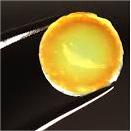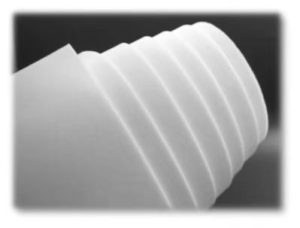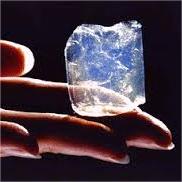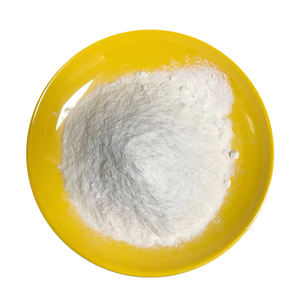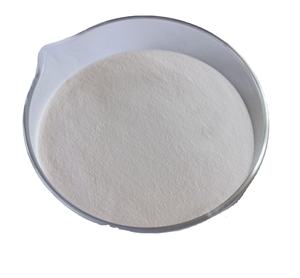Professional industry ceramic supplier, silicon nitride, silicon carbide, aluminum nitride and any other kinds of ceramics.
1. Introduction
In the past 48 hours, a quiet but significant ripple has moved through the advanced ceramics market: major suppliers in Germany and Japan reported unprecedented order spikes for silicon carbide crucibles, driven by semiconductor and EV battery recycling startups racing to scale up high-purity metal recovery. Suddenly, what was once a niche lab item is trending like avocado toast—but far more heat-resistant.

Enter the silicon carbide crucible: a humble-looking vessel with superhero-level endurance. Whether you’re melting gold at 1,600°C or baking sourdough in a silicon carbide ceramic baking dish, this material doesn’t flinch. Let’s crack open (pun intended) everything you need to know about it.
2. What Exactly Is a Silicon Carbide Crucible?
A silicon carbide crucible is a container made from silicon carbide (SiC)—an advanced ceramic known for its extreme hardness, thermal conductivity, and resistance to thermal shock and chemical corrosion. Unlike traditional clay or alumina crucibles, SiC versions can handle repeated heating and cooling cycles without cracking, making them ideal for foundries, labs, and even artisanal glassblowing studios.
Silicon carbide itself is a compound of silicon and carbon, synthesized at ultra-high temperatures. The resulting material is so tough that it’s also used in bulletproof vests (boron carbide vs silicon carbide debates aside) and brake discs for supercars.
3. Industrial Uses Beyond Melting Metal
While the classic image of a crucible involves molten metal, silicon carbide’s applications stretch far wider:
- Silicon carbide burner nozzles in industrial furnaces
- Silicon carbide ceramic tubes for thermocouple protection
- RBSiC silicon carbide tile blocks in kiln linings
- Silicon carbide ceramic columns and bricks for refractory structures
- Silicon carbide ring seals in high-performance pumps
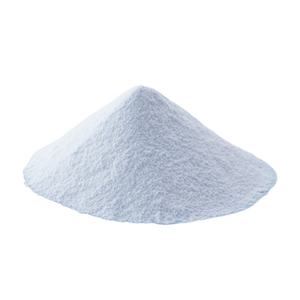
These components leverage SiC’s ability to maintain structural integrity above 1,400°C—something most metals would surrender to with a dramatic meltdown (literally).
4. The Dinnerware Surprise: From Lab to Table
Here’s where things get delightfully weird. Thanks to advances in sintering techniques, manufacturers are now producing food-safe silicon carbide ceramic dinnerware. Yes, your casserole might be cooked in the same family of materials used to line rocket nozzles.
You’ll find everything from silicon carbide ceramic butter dishes with lids to silicon carbide black ceramic plates and even holiday-themed silicon carbide Christmas ceramic platters. Brands are marketing ‘silicon carbide baking dish Staub’-style pieces that promise even heating and zero warping—even after years of broiler abuse.
And because SiC is naturally non-porous and inert, there’s no risk of leaching chemicals—making silicon carbide ceramic cookware a safe, durable alternative to questionable non-stick coatings.
5. Silicon Carbide vs. Its Ceramic Cousins
Not all advanced ceramics are created equal. While zirconia crucibles offer excellent thermal shock resistance, they lag behind SiC in thermal conductivity. Alumina (Al2O3) is cheaper but less durable under rapid cycling.
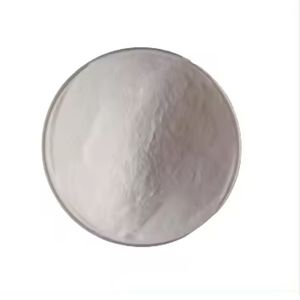
Then there’s silicon nitride—a close relative often confused with SiC. Silicon nitride ceramic components, like silicon nitride rings or custom silicon nitride heat shields, excel in high-stress mechanical environments (think turbine blades), but they’re generally more expensive and harder to fabricate into large vessels like crucibles.
Meanwhile, the high purity silicon nitride powder market is booming, but for different applications—mostly aerospace and medical implants—not your grandma’s pie dish.
6. Other Cool SiC Forms You Might Not Know About
Beyond crucibles and casserole dishes, silicon carbide shows up in unexpected places:
- Silicon carbide ceramic disc taps for leak-proof plumbing
- Silicon carbide grinding discs for shaping pottery and stone
- Silicon carbide porous ceramic tubes for filtration
- Silicon carbide ceramic ramekins for crème brûlée that won’t crack under the torch
Even DIY enthusiasts are asking ‘how to make a ceramic pipe’ using silicon carbide—though we don’t recommend smoking out of something rated for 1,600°C unless you enjoy flavorless, ultra-hot vapor.
7. Why the Recent Surge in Demand?
The spike isn’t just hype. With global efforts to recycle rare earth metals and lithium from EV batteries, companies need containers that won’t degrade when exposed to aggressive fluxes and molten salts. Enter the silicon carbide crucible—reusable, chemically inert, and thermally robust.
Add to that the rise of small-scale precious metal refiners and hobbyist foundry communities on social media, and you’ve got a perfect storm of B2B and B2C interest.
8. Conclusion
Whether you’re recovering gold from old circuit boards or serving lasagna on a handcrafted silicon carbide ceramic serving platter, one thing’s clear: silicon carbide is no longer just for engineers in lab coats. It’s tough, versatile, and now stylish enough for your dining room. So next time you see a silicon carbide crucible, remember—it might just double as your new favorite baking dish.
Our Website founded on October 17, 2012, is a high-tech enterprise committed to the research and development, production, processing, sales and technical services of ceramic relative materials such as What. Our products includes but not limited to Boron Carbide Ceramic Products, Boron Nitride Ceramic Products, Silicon Carbide Ceramic Products, Silicon Nitride Ceramic Products, Zirconium Dioxide Ceramic Products, etc. If you are interested, please feel free to contact us.

